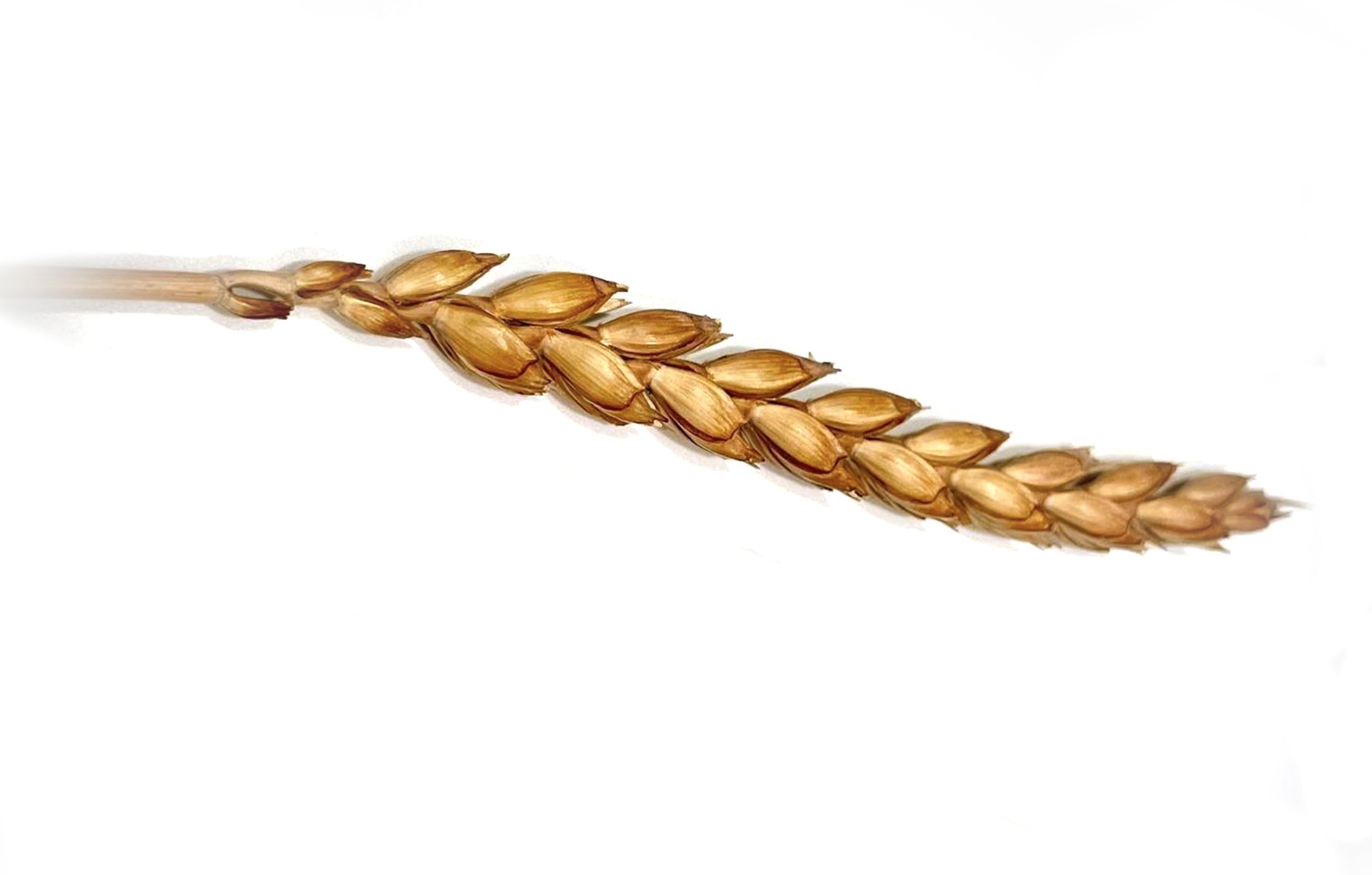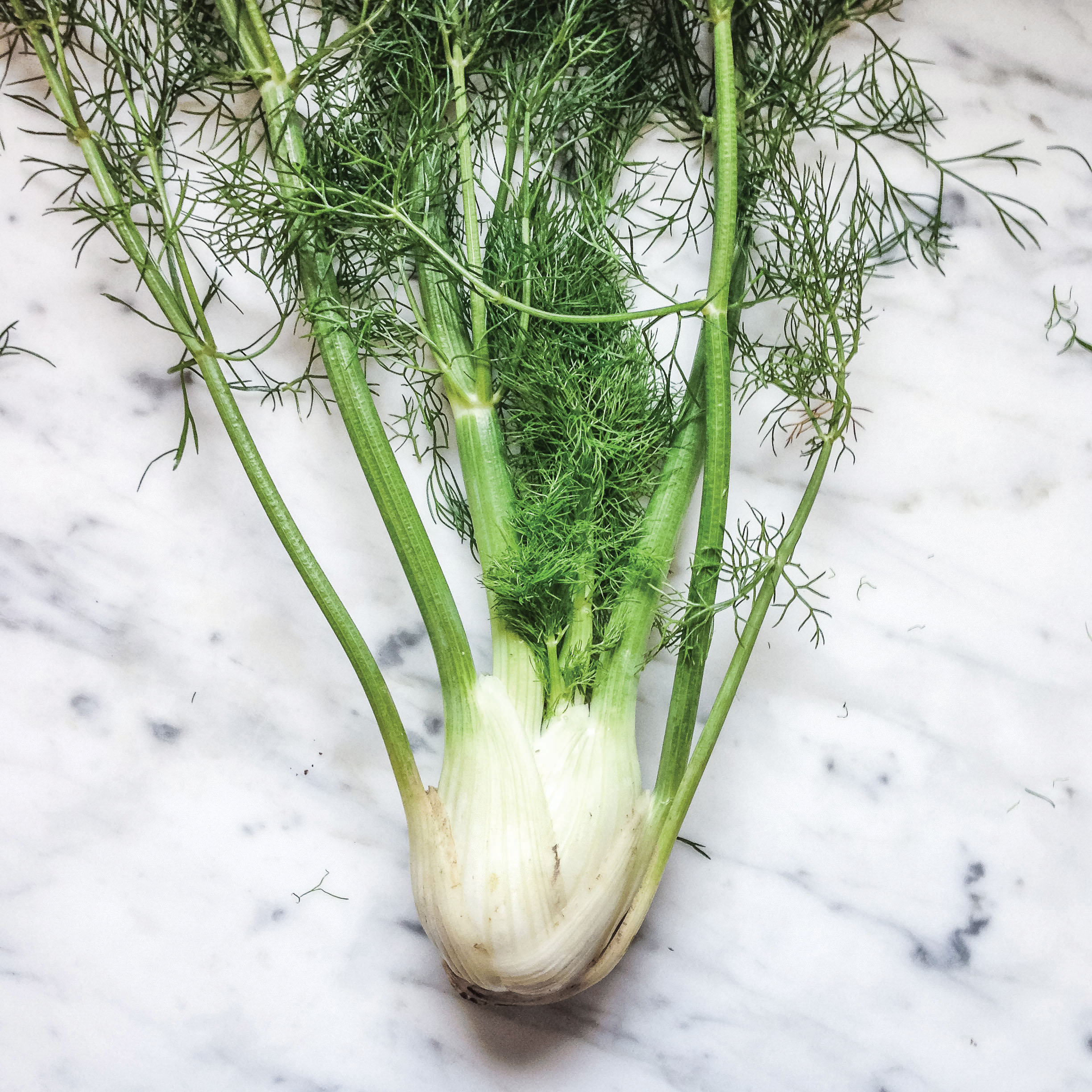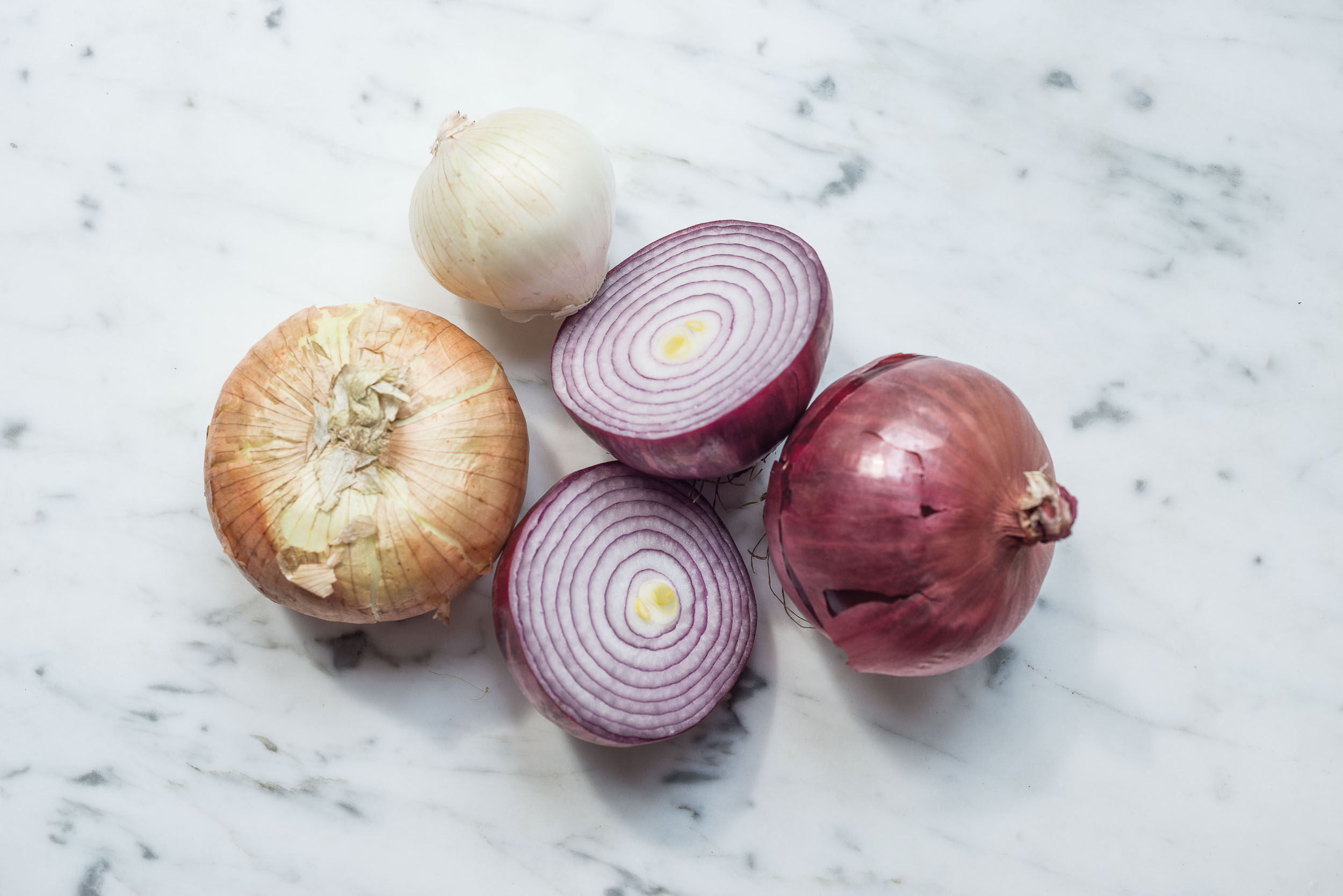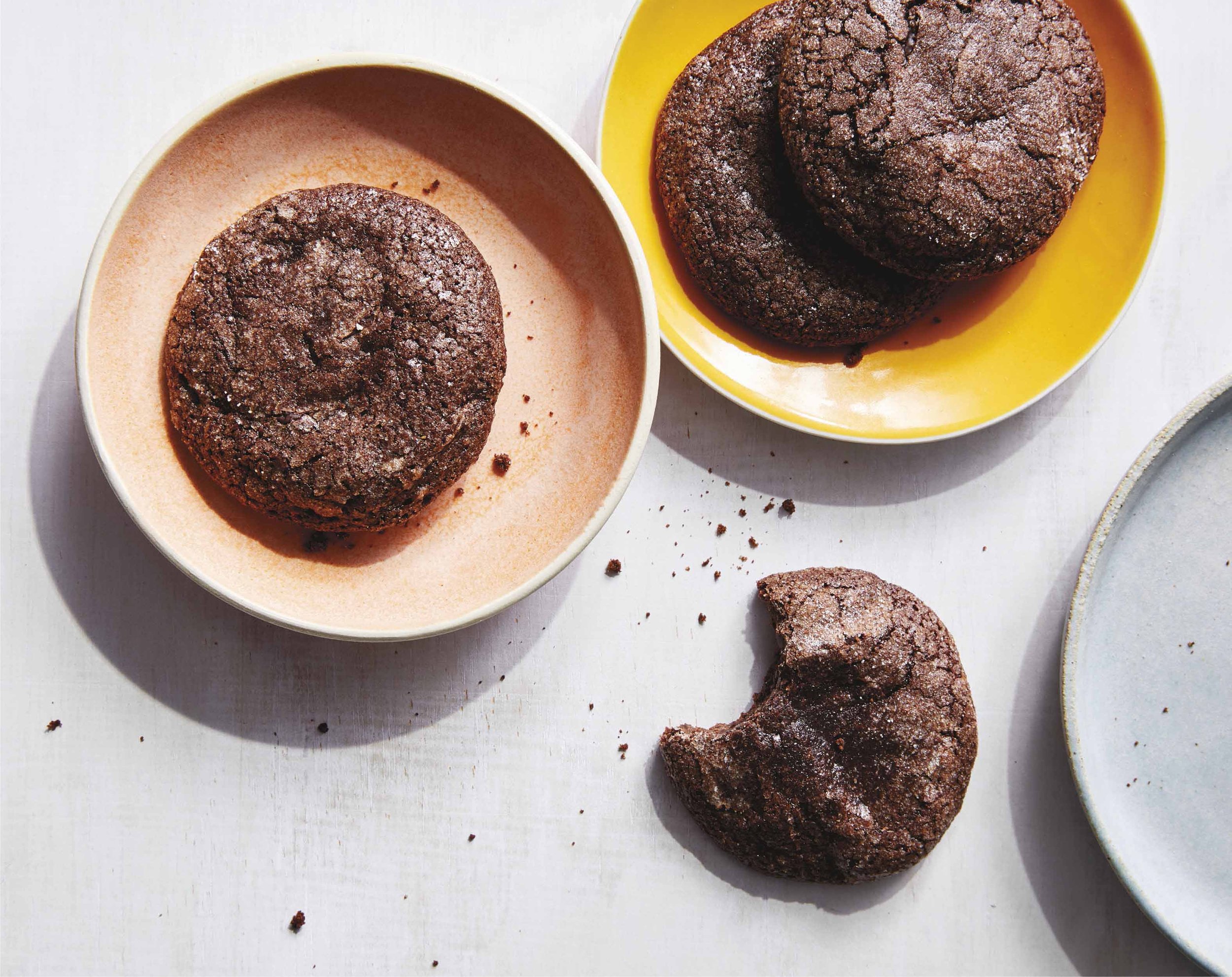Beyond Wheat
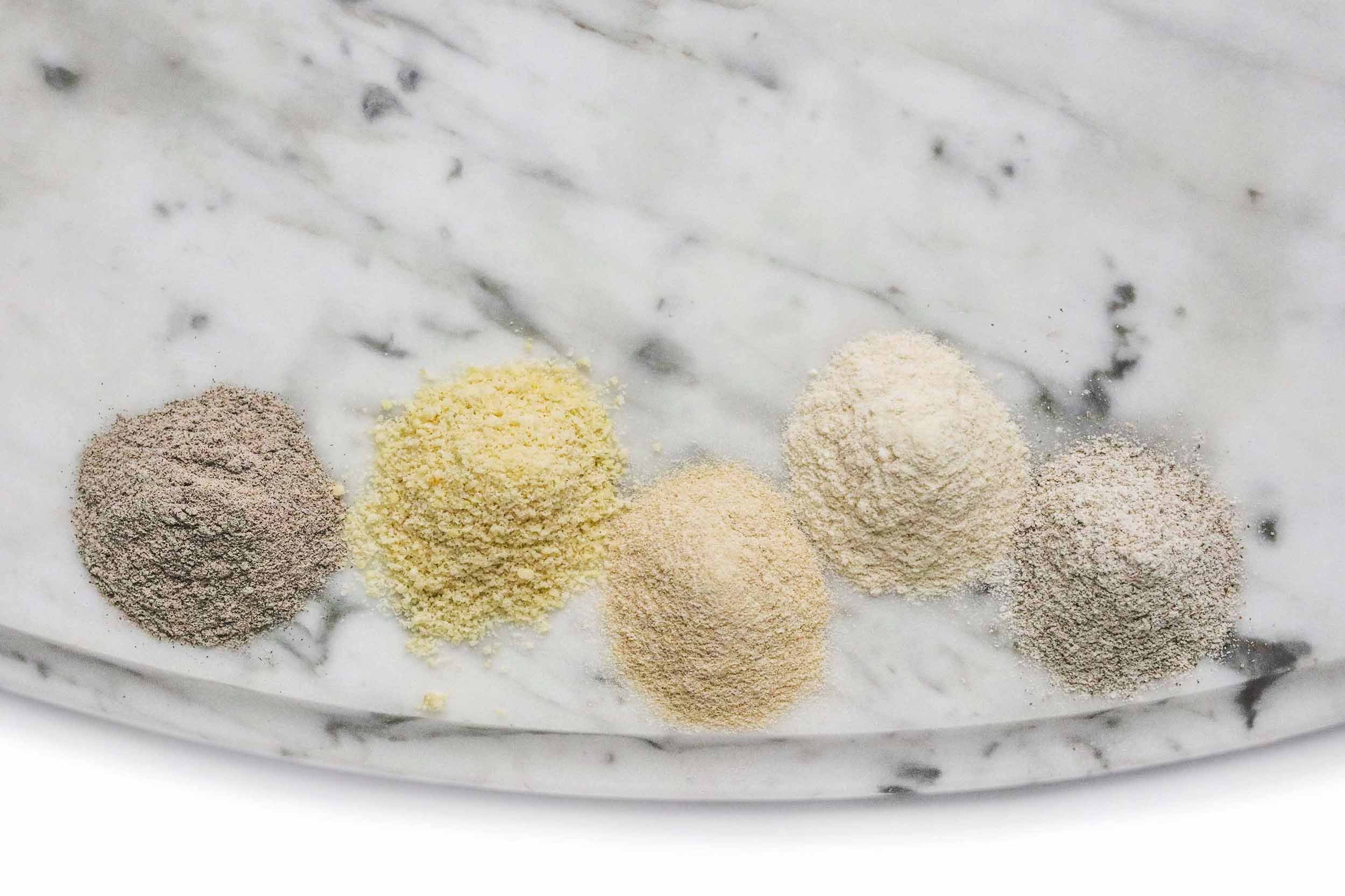
A RECENT COOKBOOK ACQUISITION HAS US PLAYING AROUND WITH DIFFERENT TYPES OF GRAINS AND FLOURS.
Ever since Roxana Jullapat’s cookbook Mother Grains showed up in the Edible Ohio Valley mailbox months ago, I’ve been intrigued by the idea of baking with something other than good old all-purpose flour. I’ll occasionally mix a bit of whole-wheat flour into my pie dough, but my baking relies almost exclusively on AP. Jullapat’s book opens up a whole new world.
Jullapat is an expert baker, the chef behind Friends & Family in Los Angeles. She notes that whole grains, wheat, and beyond, add not just healthfulness to a dish, which you probably know, but also heaps of flavor. Texture, too.
While the book leans heavily on baked goods, Jullapat throws in a few savory dishes—which appeals to this fan of hearty grain and vegetable salads of all stripes.
In the Ohio Valley, we’re fortunate to have a growing community of farmers and millers committed to producing local flours from all kinds of whole grains. Look for flours from Weisenberger Mills in Midway, KY, or Cincinnati’s Sixteen Bricks in specialty food markets across the region. Local farmer Jon Branstrator is launching a new grain collective. Bob’s Red Mill is a trusted national brand that offers whole grains in a variety of forms; Arrowhead Mills sells a range of organic grain products; and Eden Foods offers whole-grain products like rolled flakes, cereals, and pastas. All three brands are available at Kroger, Whole Foods, and natural foods stores.
GRAIN VARIETIES
Rye
Cultivated today primarily in a “Rye Belt” that ranges from northern Germany through Poland, former Soviet countries, and into central and northern Russia, rye is a hardy crop that has long nourished peasants around the globe. Farmers also use rye as a soil-replenishing winter cover crop. It’s high in antioxidants, vitamins, and minerals and has a deep color and distinctive bittersweet flavor. Because rye is low in gluten, it doesn’t yield bread with a light, open texture; this is why true European or Scandinavian rye bread is very dark and dense. (By contrast, the deli rye bread you may be familiar with is made with mostly wheat and caraway seeds for flavor.)
Corn
The world produces more corn by tonnage than any other grain, and the U.S. is a major grower. (Most of the domestic corn crop goes to animal feed.) It was first domesticated by Indigenous people in Mexico about 10,000 years ago; Native Americans widely planted it in combination with beans and squash, dubbed the “Three Sisters.” Corn for human consumption (vs. feed or ethanol) is milled in a range of ways, from cornmeal (in different degrees of coarseness) to flour to polenta/grits (also in different coarseness). And of course there’s popcorn. Bakers favor adding cornmeal to recipes to give a toothsome crunch; I love making an Italian-style cake with olive oil, citrus, and cornmeal.
Barley
Most of us consume barley in liquid form: malted and fermented into beer or whiskey (or in malt vinegar). Barley is unusual among grains in that its innate fiber isn’t limited to the bran, or exterior hull, but instead is present in the kernel, which means that you don’t lose that beneficial nutrient when the grain is milled. Barley flour, Jullapat notes, has a subtle sweetness that complements warm spices, and adds softness and moisture to baking. It does contain some gluten.
Buckwheat
Despite its name, buckwheat isn’t related to wheat (and isn’t technically a grain, but a pseudograin like quinoa). Gluten free, it’s a good alternative for those who avoid gluten. Buckwheat is a common ingredient in southern French and Eastern European cuisines—think buckwheat crepes and kasha, the hearty porridge. It’s also the basis of Japanese soba noodles. Buckwheat has a distinctive flavor; Jullapat describes it as slightly tannic, earthy, and nutty.
Oats
Oat grows well in areas with cool temperatures and wet conditions; Russia and Canada are dominant producers. We’re most familiar with rolled or steel-cut oats cooked in water or milk as a breakfast porridge, baked into a granola (my personal favorite), or combined with butter and brown sugar as a topping for baked fruit crumble. Mother Grains also includes a recipe for Oat Graham Crackers with oat flour, honey, and cinnamon.
Rice
The staple food for more than half the world’s population, rice is part of nearly every culinary tradition, from Japanese sushi to Spanish paella to Creole gumbo. Two primary strains of rice originated in China (8,200 to 13,500 years ago) and in Africa (3,000 to 3,500 years ago); the grain traveled widely via global trade routes and it’s now estimated that there are more than 40,000 individual varieties. Rice comes in short, medium, and long grains, each with its own uses. (Short-grain Arborio rice, for example, is essential to a creamy risotto, while long-grain Basmati is highly aromatic and retains its long, slender shape in cooking.) To rinse or not to rinse? Rinsing uncooked rice a couple of times in cool water removes some of the starch, yielding a fluffier rice. (For the record, I don’t rinse.) I’m partial to heirloom varieties farmed in the Lowcountry region of South Carolina, such as Carolina Gold or Charleston Gold.
STORING & USING
Unlike AP flour, which tends to be highly refined, whole grains and their flours are perishable. It’s best to buy in small quantities. Store them in a cool, dry place and use within three months, or in the freezer and use within six months.
A FEW USAGE TIPS
from Mother Grains and beyond
Use 1 part barley flour to 1 part AP to give flavor and softness.
For general baking, use 1 part buckwheat flour to 1 part AP flour, but bread needs a higher percentage of wheat than buckwheat in order to create the ideal crumb.
Replace a small percentage of AP flour with rice flour to add crispness to cookies. Use rice flour instead of AP to make a gluten-free breading on fried foods.
Look for rye flours labeled “dark” or “pumpernickel” which are less refined that those labeled otherwise. Try adding a bit of rye flour to your bread recipes to give them a more rustic flavor.
Corn can be milled to a seemingly endless range of textures, from fine flour to coarse polenta. Cornmeal (the type in the cardboard canister) is on the finer side, good for making cornbread but not a substitute for cooked grits or polenta. Grits and polenta are related, but made from different varieties of corn; grits cook up with a smoother, creamier texture while polenta is thicker and pleasantly grainy. That said, grits and polenta are cooked in much the same way (in water or broth) and can be largely substituted for one another. The coarser the grind, the longer grits or polenta take to cook.
Bryn’s long career in publishing took a left turn sometime around 2010, when she discovered the joy of food writing. Since then, she’s found professional nirvana as the editor of Edible Ohio Valley, author of The Findlay Market Cookbook, and occasional instructor at The Cooking School at Jungle Jim’s. Find her seasonal recipes at writes4food.com.

